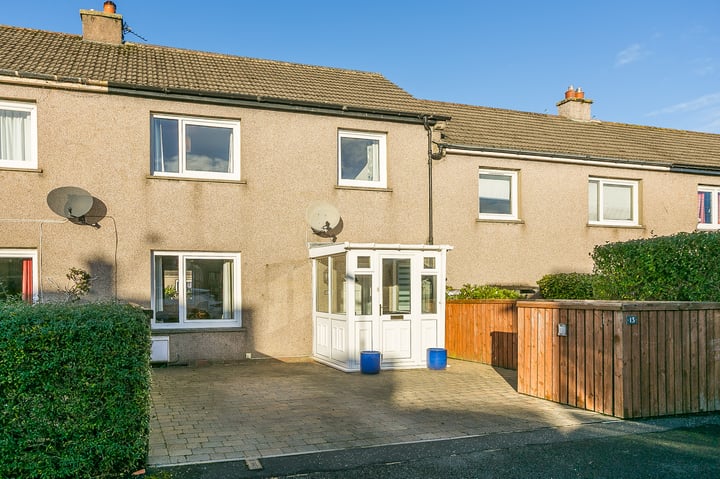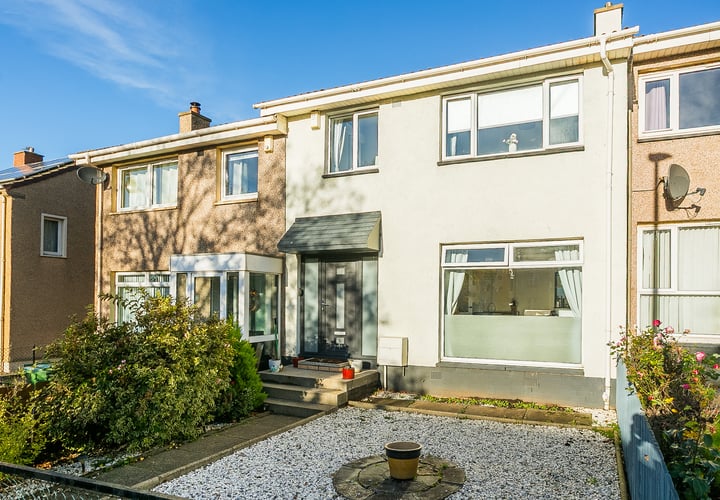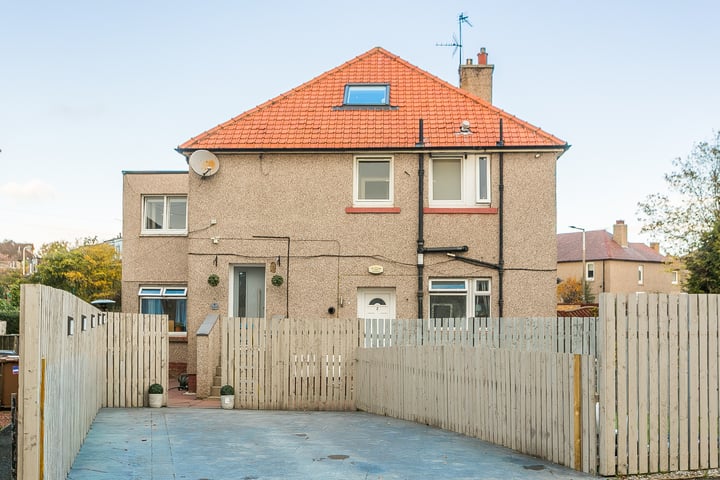After a strong year for Scotland’s property sellers in 2017, we look forward and predict what will happen in the property market in 2018.
Demand Will Continue to Outstrip Supply
2017 has been a year characterised by a lack of new properties coming to the market to meet the needs and demands of Scotland’s property buyers. At MOV8, we have seen demand from buyers constantly outstripping the amount of properties that we are able to get to the market, although we are proud to say that we have finished 2017 as having sold more properties and brought more to the market than any other ESPC firm for the third year in succession.
Throughout 2017, it has been clear that the number of properties coming to the market has not kept pace with the amount of sales.
Our own experience tells us that there is certainly no shortage of buyer demand. Mortgage availability continues to be good, mortgage products are historically affordable and in spite of the political backdrop of Brexit and talk of a further Scottish Independence referendum, buyers do not seem to have lost their appetite to own their own home in Scotland. Changes to Land and Buildings Transaction Tax (LBTT) do not seem to have had a major effect on that demand either.
Anecdotally, the number of viewing requests, the quantity of Closing Dates and the number of offers that we have received at these Closing Dates in 2017 shows no dampening of demand.
So, what is leading to the lack of properties coming to the market and will this change into 2018? It’s a vicious circle: potential sellers don’t see a lot coming to the market, so they hold-off putting their property onto the market until they have found a new home, leading in turn to the problem getting worse! Many estate agents are reporting that the Additional Dwelling Supplement (ADS) of 3% of the purchase price of a home, introduced by the Scottish Government, is also preventing some people from moving home. For properties costing more than approximately £330,000, LBTT is more costly than the Stamp Duty that it replaced. In more expensive areas of the country, such as Edinburgh, LBTT has been cited as a further reason why many homeowners may be taking the decision to improve their existing home rather than move to a new one.
With no significant changes to any of these factors on the horizon, it is difficult to see that 2018 will follow a different trend to 2017 and I would predict that 2018 will continue to be a tricky year for buyers in search of their dream home.
Prices and Selling Times
The continuing imbalance between supply and demand will contribute to a continuation of the patterns we have seen in 2017 when it comes to property prices continuing to edge upwards.
Thankfully for buyers, as well as everyone in the industry, house price growth has not been wildly out of control in the way that it was in the run-up to the financial crisis and property market crash in 2008. House price growth in Scotland has, however, been relatively consistent for the past couple of years and this is undoubtedly fuelled by the lack of supply versus demand rather than by a lending boom or hugely strong economic growth throughout the UK.
The average time that it takes for a property to sell has also fallen in 2017 on the back of the imbalance between supply and demand. Times vary considerably depending on geographic area, but selling times in general are falling versus previous years with many areas seeing properties selling in a matter of weeks rather than months, on average.
There is no indication that these factors will change in 2018 and I would expect, therefore, for 2018 to be a strong year for sellers who are looking to take the plunge and get their own properties onto the market.
Legislative and Tax Changes for Landlords
2017-18 is the first year where changes to the tax regime relating to landlords’ abilities to offset mortgage payments against rental income started to kick-in. These tax changes are being made on a phased basis over the next few years, with the relief being removed entirely by the 2020-21 tax year. In short, this means that landlords will be taxed on the full rental income irrespective of what the mortgage payment they are making on the property is.
So, what effect is this going to have on the Scottish property market as we go into 2018?
It will most significantly affect ‘reluctant landlords’ who bought a flat at the peak of the market, with a large mortgage, then found themselves having to move home and retain the existing flat because it was in negative equity (in other words, the sale price of the property wouldn’t cover the outstanding balance of the mortgage). The same could be said for someone who bought the flat as an investment and who found themselves in negative equity as a result of the shift in the market around 2008 and 2009.
With prices now recovering to pre-financial crash levels, many of these landlords are now coming out of a negative equity position. I would predict that we will see an increase in the number of ex-rental properties coming to the market in 2018 as these ‘reluctant landlords’ find themselves in a position to sell properties that, far from being great investments, have been something of a millstone around their necks for the past few years.
This is good news for first time buyers who typically will be looking to purchase the types of properties, often one and two bedroom flats, that were popular for people wanting to buy an investment property a few years ago. Increased supply to the market, in this sector, will also help to ease the pressure on property prices and hopefully make it easier for first time buyers to get their foot on the property ladder.
Interest Rates
Interest rates rose for the first time in a decade during 2017. It must be borne in mind that, having been at a historic low in 2016 they were cut by a further 0.25%. Therefore, the rise in 2017 only returned us to the historic low that we had experienced for the majority of 2016.
The Governor of the Bank of England has been clear that any future interest rate rises will be gradual and relatively small. If there are any increases in 2018 I would predict that they will be by 0.25% and that they will therefore not have a hugely significant effect on the property market in Scotland.
Conclusion
2017 was a challenging year for property buyers in Scotland, with a lack of supply of good property stock coming to the market to meet what remained strong demand. Socio-political factors such as Brexit do not appear hugely to have dampened that demand throughout the majority of the property market.
Whilst tax changes affecting landlords may see increased supply in some areas of the market, affordable family homes will continue to be in short supply and buyers can expect to see continuing competition in this sector.
It is unlikely that interest rate rises will have any seismic effect on the property market.
For property sellers, 2018 will therefore be another strong year, with steady house price growth and falling selling times leading to ideal conditions for anyone wanting to sell and who is not anxious about securing a property to move into at the same time.






Leave a Reply